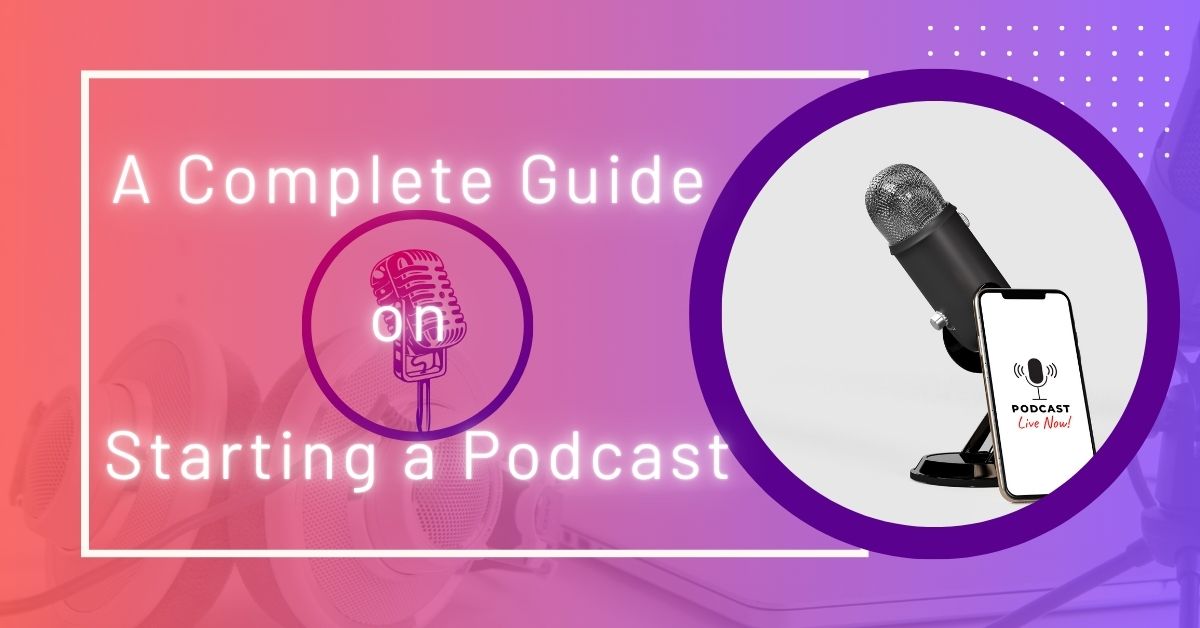Some of the links in this article are affiliate links, which means I may earn a small commission if you sign up or make a purchase through them, at no additional cost to you. Please note that my opinions and experiences are based on my own research and use of the platforms. I only recommend products and services that I believe will be valuable to my readers. Thank you for supporting my work!
Introduction
Search Engine Optimization (SEO) is an essential element for anyone who wants their website to rank higher on Google and other search engines. Whether you’re a business owner, a blogger, or a digital marketer, mastering SEO will significantly increase your site’s visibility. But SEO can be overwhelming if you’re new to it, and even if you’re familiar with the basics, there’s always room for improvement. In this article, I’ll take you through 30 SEO tips to boost your website rankings in 2025 that will help you optimize your website and improve its search engine ranking. Each tip is simple, easy to implement, and offers significant value. Let’s get started!
1. Conduct Thorough Keyword Research
Keyword research is the foundation of any SEO strategy. It helps you understand what potential customers are searching for and how to target those terms. Without proper keyword research, you might end up creating content that doesn’t align with what your audience is looking for.
Use keyword research tools like Google Keyword Planner, Ahrefs, or Ubersuggest to find keywords relevant to your niche. Focus on long-tail keywords—these are longer, more specific phrases that are less competitive but highly targeted. They often result in higher conversion rates.
2. Use Long-Tail Keywords for Better Targeting
Long-tail keywords are specific phrases that tend to be more targeted than broad keywords. For instance, instead of targeting “SEO tips,” you could target “best SEO tips for small businesses in 2025.”
By focusing on long-tail keywords, you’re able to attract more qualified traffic. These users are more likely to convert into customers or subscribers since they are actively searching for very specific information. Plus, long-tail keywords are generally less competitive, making it easier to rank for them.
3. Optimize Title Tags for SEO
Your title tag is one of the first things that search engines and users notice. It appears in search results as the clickable headline, and it plays a crucial role in both SEO and user engagement.
For best results, keep your title tag between 50-60 characters, making it concise yet descriptive. Always include your focus keyword in the title, ideally towards the beginning. For example, “30 Tips for SEO: Boost Your Website’s Rankings in 2025” is a great example of an optimized title.
4. Write Engaging Meta Descriptions
The meta description is the short text that appears below your title tag in search results. While Google doesn’t directly use it as a ranking factor, a compelling meta description can increase your click-through rate (CTR).
Make sure to keep the meta description around 155-160 characters. Include your primary keyword and write it in a way that encourages users to click on your link. For example, “Learn the top 30 SEO tips to increase your website’s visibility in search engines and boost traffic. Start optimizing today!”
5. Make Your Content Scannable
When creating content, remember that most readers don’t read every word on a page—they skim. This is why making your content scannable is so important for both user experience and SEO.
Use short paragraphs, bullet points, and subheadings to break up your text. Additionally, incorporate bolded text for important points. This structure makes it easier for users to find the information they’re looking for and helps search engines understand your content better.
6. Mobile-Friendly Design is a Must
Did you know that Google uses mobile-first indexing? This means Google predominantly looks at the mobile version of your site when determining rankings. So, if your site isn’t mobile-friendly, you could be losing valuable traffic.
Ensure your website has a responsive design that adapts to any screen size. Tools like Google’s Mobile-Friendly Test can help you determine whether your site meets mobile standards. Google also rewards websites that provide a great mobile experience.
7. Improve Page Load Speed
Website speed is a crucial ranking factor. Google has stated that page load speed impacts user experience and is one of the factors they use to rank sites. Websites that load slowly have higher bounce rates, which means users leave before fully engaging with your content.
Use tools like Google PageSpeed Insights to check your site’s speed. Optimize images, leverage browser caching, and minimize JavaScript to speed up your website. A faster site improves user satisfaction and boosts your rankings.
8. Implement SSL for Secure Websites
Having an SSL certificate (Secure Socket Layer) is no longer optional—it’s necessary. Google considers HTTPS as a ranking factor, meaning that websites with SSL encryption have a slight advantage in rankings over non-secure sites.
SSL encrypts the data transferred between your website and its visitors, ensuring that sensitive information is kept secure. It also helps build trust with your users, as most browsers flag non-HTTPS sites as “Not Secure.”
9. Use Clear URL Structures
URLs are important for SEO. A clean, simple URL structure helps both users and search engines understand your page’s content. Avoid using long, complex URLs with unnecessary parameters and numbers. Instead, use descriptive words that include your target keyword.
For example, instead of “www.example.com/?p=12345,” you should use something like “www.learneveryway.com/seo-tips-for-beginners.” This not only helps SEO but also makes the URL user-friendly.
10. Use Header Tags Properly (H1, H2, H3, etc.)
Header tags (H1, H2, H3, etc.) help organize your content and make it more digestible for both users and search engines. The H1 tag is the most important, and it should always include your focus keyword.
For example, your H1 could be “30 Tips for SEO to Improve Your Rankings,” while H2 tags would break down individual tips. Using headers properly makes your content easier to navigate and ensures that search engines understand the structure of your article.
11. Optimize Images for SEO
Images play a significant role in SEO, but they need to be optimized for both speed and search engines. First, make sure your images are compressed to reduce page load times. Tools like TinyPNG can help with this.
Second, don’t forget to add alt text to every image. This helps search engines understand the image’s content, and it can improve your rankings in image search. Use descriptive alt text that includes relevant keywords, but make sure it accurately reflects the image.
12. Internal Linking to Related Content
Internal links are links that point to other pages or posts on your own website. They help distribute link equity across your site and make it easier for search engines to crawl your content.
By linking to relevant blog posts and pages, you not only boost SEO but also encourage users to explore more of your site, reducing bounce rates and improving engagement.
13. Build Quality Backlinks
Backlinks from other websites are one of the most important ranking factors in SEO. High-quality backlinks tell search engines that your content is authoritative and trustworthy.
Focus on earning natural backlinks by creating shareable content, participating in guest blogging, or reaching out to influencers. Avoid buying backlinks or engaging in black-hat SEO practices, as these can lead to penalties.
14. Use Structured Data (Schema Markup)
Schema markup is a form of code that you can add to your website to help search engines understand your content better. It can improve the way your pages appear in search results, such as enabling rich snippets (like star ratings, product prices, and more).
Schema markup doesn’t directly affect rankings, but it can improve click-through rates by making your content stand out in search results. You can use tools like Google’s Structured Data Markup Helper to add schema to your pages.
15. Keep Content Fresh and Up-to-Date
One of the best ways to improve your rankings is to keep your content fresh and up-to-date. Google loves fresh content, and regular updates can help keep your pages relevant in the eyes of search engines.
When you update old blog posts, make sure to revise any outdated information, add new insights, and optimize for newer keywords. This not only helps with SEO but also ensures that your audience gets the most accurate and up-to-date information.
16. Focus on User Experience (UX)
User experience (UX) plays a critical role in SEO. Websites that are easy to navigate, mobile-friendly, and fast-loading keep users happy, and Google rewards these factors.
Consider the overall structure and design of your website. Ensure that it’s visually appealing, intuitive to use, and easy to navigate. A positive user experience leads to more time spent on your site, lower bounce rates, and improved rankings.
17. Optimize for Local SEO
For businesses that serve a specific geographic area, local SEO is crucial. Start by creating a Google My Business profile and ensuring your business is listed accurately on local directories.
Incorporate local keywords in your content, such as “best SEO services in [city].” Encourage your customers to leave reviews, as positive reviews improve your visibility in local search results.
18. Add Video Content
Video content is increasingly popular with users and search engines alike. Google loves videos because they often result in higher engagement rates. Adding videos to your content can increase time on page and reduce bounce rates.
Embed YouTube videos or create your own video content related to your blog posts. Make sure to include relevant keywords in the video description and title for better discoverability.
19. Create Evergreen Content
Evergreen content is content that remains relevant over time. It addresses topics that won’t change quickly, like “How to Start a Blog” or “Best Practices for On-Page SEO.”
These types of posts continue to attract traffic long after they’re published, giving you more chances for exposure. When creating evergreen content, aim for high-quality, in-depth articles that provide lasting value to your audience.
20. Focus on Dwell Time
Dwell time refers to how long a visitor stays on your page before returning to the search results. Longer dwell time signals to Google that your content is useful and relevant.
To increase dwell time, create high-quality, engaging content that answers the user’s query in detail. The more value you provide, the more likely users are to stay on your page longer.
21. Use Social Media for SEO
While social media signals don’t directly impact SEO rankings, sharing your content on platforms like Facebook, Twitter, and LinkedIn can drive traffic to your site. Social signals indicate that your content is popular, which can indirectly improve your rankings.
Make sure to add social sharing buttons to your pages, and actively promote your content across multiple platforms.
22. Avoid Keyword Stuffing
Keyword stuffing is the practice of overloading your content with keywords to try to manipulate rankings. This approach makes your content sound unnatural and can even lead to penalties from Google.
Instead, focus on writing natural, engaging content that includes your keywords in a strategic manner. Use semantic keywords and related terms to make your content sound more conversational.
23. Leverage Influencer Marketing for SEO
Influencer marketing can be a powerful tool for SEO. By partnering with influencers, you can reach a wider audience and gain valuable backlinks to your content.
Collaborate with influencers in your niche to share your content and link to your site. Not only will you increase exposure, but you’ll also acquire high-quality backlinks.
24. Analyze Competitor Websites
Analyzing your competitors’ websites can provide valuable insights into what’s working in your industry. Use tools like SEMrush and Ahrefs to evaluate their backlinks, keywords, and content strategies.
By understanding what your competitors are doing, you can identify opportunities for improvement and build upon their strategies to outperform them.
25. Monitor SEO Performance Regularly
Use Google Analytics and Google Search Console to track your website’s performance. Monitor important metrics such as traffic, rankings, and user engagement.
By regularly analyzing your SEO efforts, you can identify areas for improvement and make data-driven decisions to improve your website’s performance.
26. Optimize Your Site’s Navigation
A website’s navigation is key to both user experience and SEO. A well-organized website with clear, easy-to-use navigation helps users find what they’re looking for and allows search engines to crawl your content more effectively.
Use a simple, logical structure with clear categories and subcategories to ensure that both users and search engines can easily navigate your site.
27. Avoid Duplicate Content
Duplicate content can harm your SEO rankings. Google may penalize your website for having identical content across multiple pages.
Use canonical tags to tell Google which version of a page is the original, and always strive to create unique, high-quality content for each page on your site.
28. Use Content Clusters for SEO
A content cluster strategy involves grouping related content together under one main pillar page. For example, if you have a pillar page on “SEO tips,” you can create individual blog posts about various aspects of SEO (like on-page SEO, link building, etc.) and link them to the pillar page.
This helps organize your content, increases topical relevance, and can improve your SEO by providing a clearer structure for search engines.
29. Improve Bounce Rate with Engaging Content
A high bounce rate (when visitors leave your site quickly) can hurt your SEO rankings. To improve your bounce rate, make sure your content is engaging, informative, and meets the user’s intent.
Offer valuable information right away, use engaging visuals, and provide clear calls-to-action to keep visitors on your site longer.
30. Focus on Core Web Vitals
Core Web Vitals are a set of user-centered metrics that measure the overall experience of a webpage. These metrics include loading performance (LCP), interactivity (FID), and visual stability (CLS).
Google uses these metrics as ranking signals, so it’s essential to optimize your site for Core Web Vitals. Tools like Google PageSpeed Insights can help you track and improve these metrics.
FAQs
- How long should my SEO content be? Aim for at least 1,500–2,000 words for blog posts. Longer content tends to perform better in search engines, but make sure it’s valuable and relevant.
- How often should I update my content? Update your content regularly, especially when there are changes in trends or new information in your niche.
- Can I do SEO without knowing coding? Yes! You can implement many SEO practices without coding, especially with user-friendly tools and CMS platforms like WordPress.
- Should I focus on on-page or off-page SEO more? Both are essential. Start by optimizing your on-page elements (like content and title tags), then work on building backlinks and improving off-page SEO.





